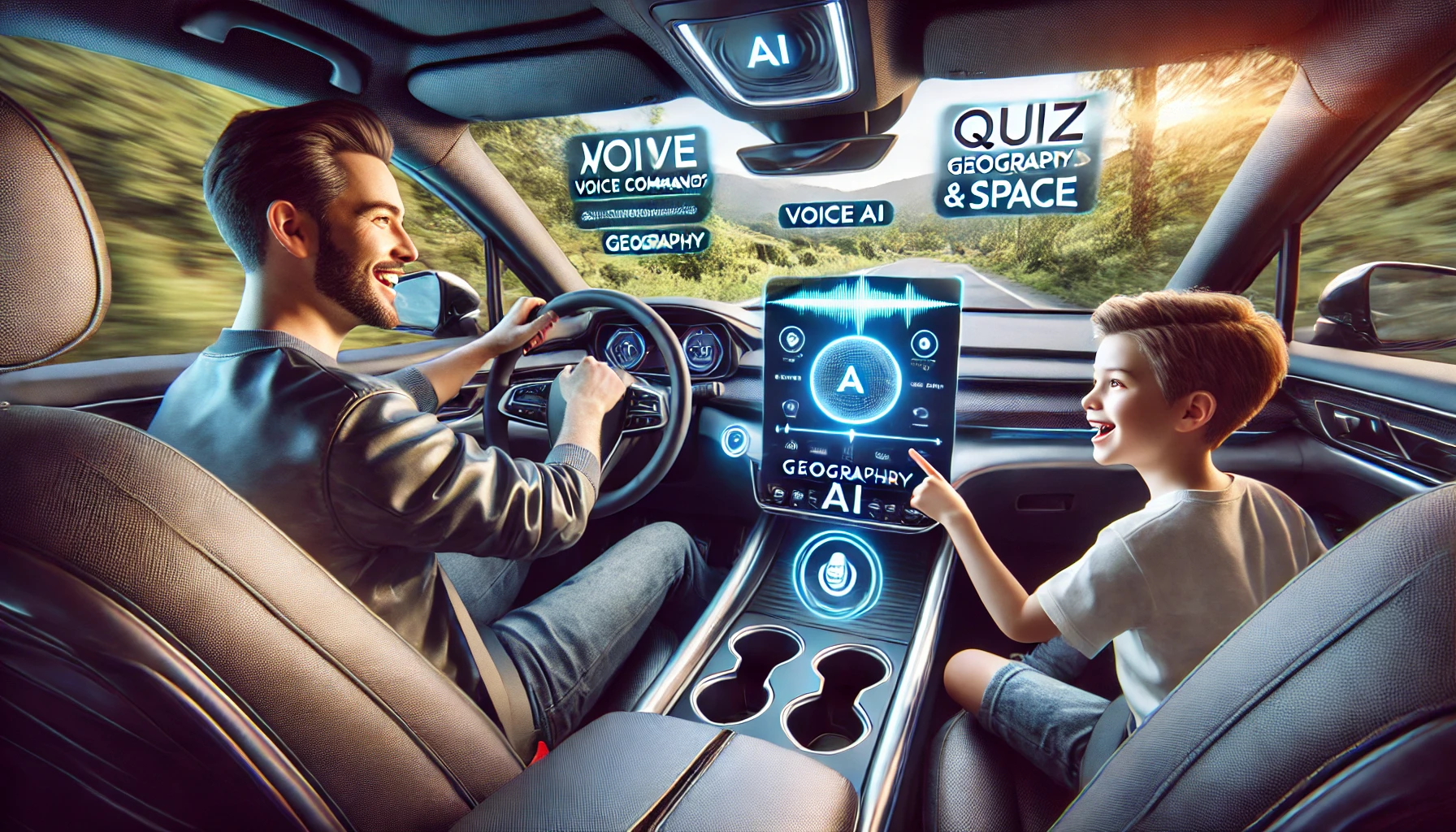
Blog
Ideas That Spread

The Power of Ai Audio and Customized Ai Podcasts
Podcasts and audio content are more popular than ever. As of 2024, more than 100 million Americans listen to podcasts monthly, and the demand for audio-driven experiences is only growing. People are craving hands-free, on-the-go content, whether they’re commuting, exercising, or simply multitasking. With audio content consumption rising sharply, it's clear that the future of media will be heavily driven by voice. Enter Notebook.LM and ChatGPT's advanced voice features, two AI tools that are transforming how we think about audio production.

AI News Domination: How the Future of Content Control Is Shaping Humanity—and What We Can Do About It
By 2025, a staggering 40% of all search queries will be conducted through AI-based tools like Google’s Gemini, ChatGPT, Apple Intelligence and Perplexity AI, according to Gartner.
